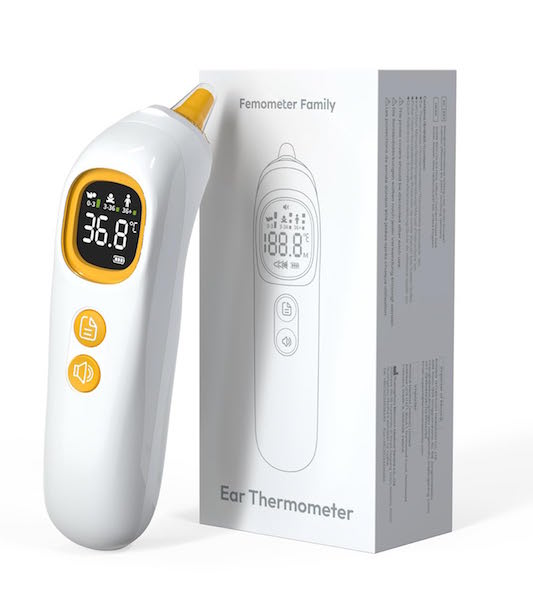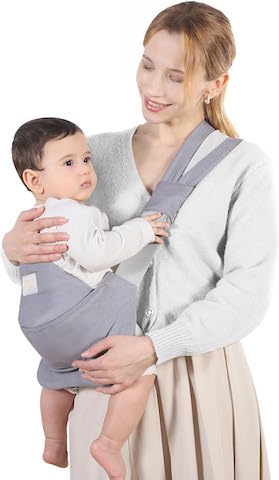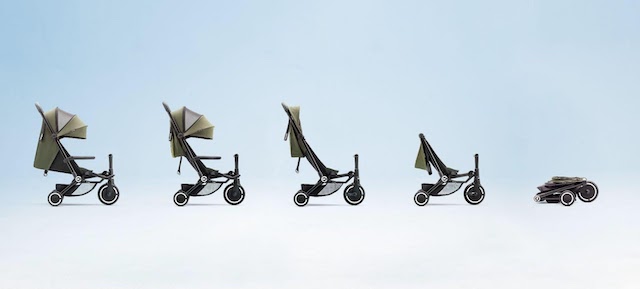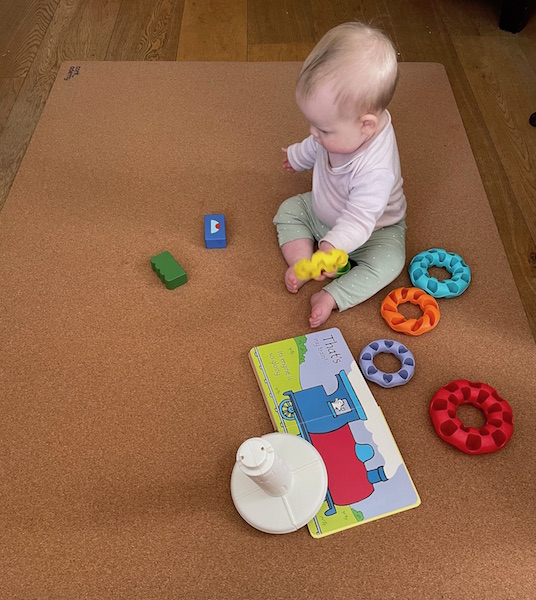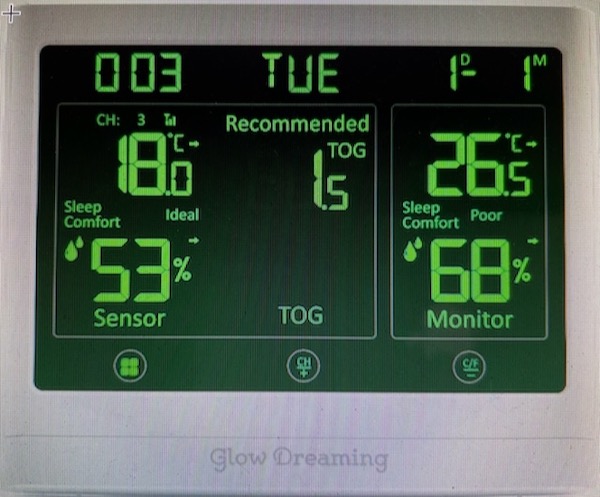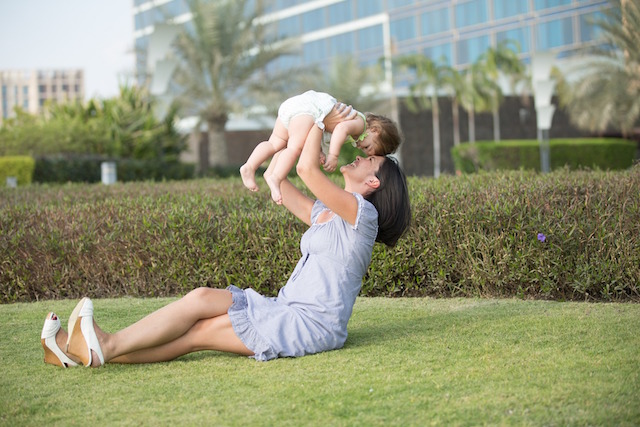 Simone Ross runs Kane and Ross
Clinics in cenral London. She is a member of the British Osteopathic Association and a
mother of four. Her clinics specialise in relieving pain in pregnancy
and in the treatment young babies through osteopathy. Here she gives her views on baby slings.
Simone Ross runs Kane and Ross
Clinics in cenral London. She is a member of the British Osteopathic Association and a
mother of four. Her clinics specialise in relieving pain in pregnancy
and in the treatment young babies through osteopathy. Here she gives her views on baby slings.Benefits
- A baby carried in a sling will often sleep better and cry less.
- Babies with colic may be more settled in a sling due to their upright position.
- Lots of physical contact with their parents.
- Babies are less vulnerable to other small children and cars than they are in a pram.
- Mums may also feel closer to their baby and less vulnerable when breast feeding as some can provide discreet cover.
- Carrying a baby in a sling means hands are free for other activities such as comforting other children or pushing a toddler in a buggy.
Safety precautions
- There is a risk of suffocation or breathing problems when a sling doesn’t support a baby fully and keep them upright.
- When a baby is placed in a sling its head should be turned to one side away from your chest, or if it is old enough the baby can face outwards.
- Slings should hold the baby securely but not too tight.
- Always follow weight guidance on the sling's instruction leaflet.
- Babies that are not held securely in place by a sling could suffocate if they roll into it.
How the sling should work
- A good sling will hold a baby upright, so its internal organs are well spaced and breathing is easy.
- For the parent’s back to be supported safely it should have straps over three inches wide and the baby should be at a height where the carer can easily kiss the top of the baby’s head.
- By eight months, babies are usually too heavy to be safely carried in a sling and may cause neck and or back problems for the carer.


